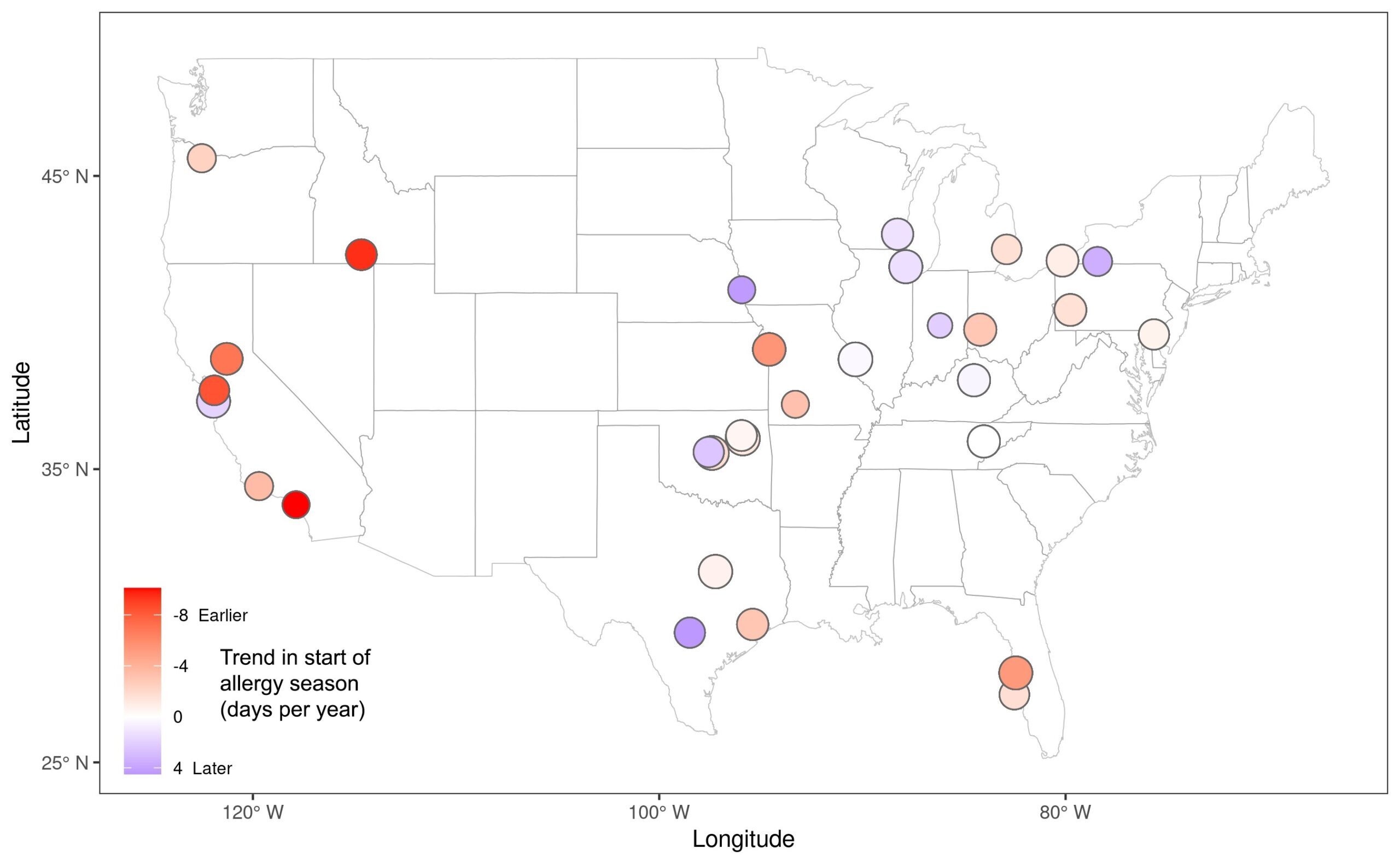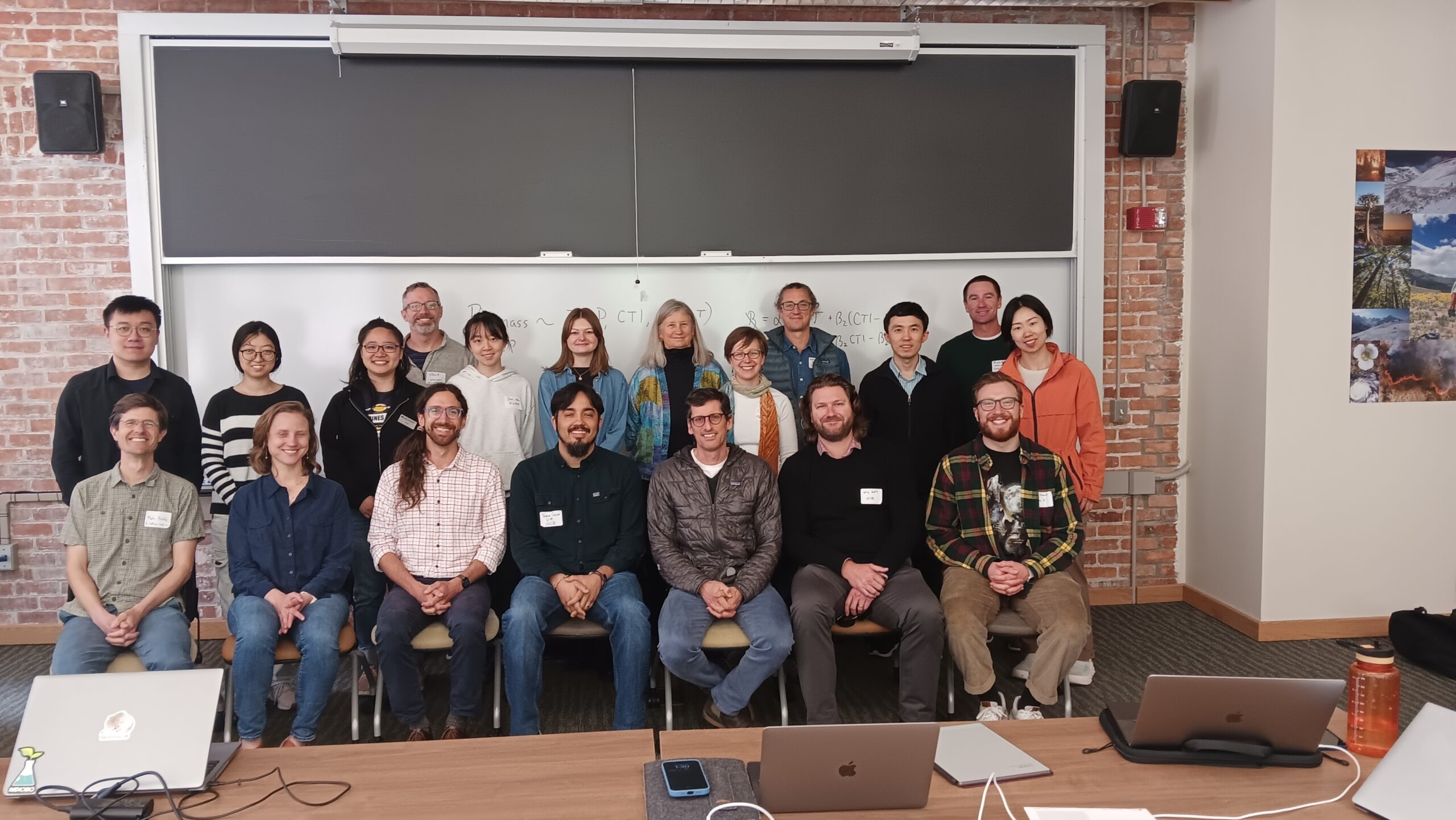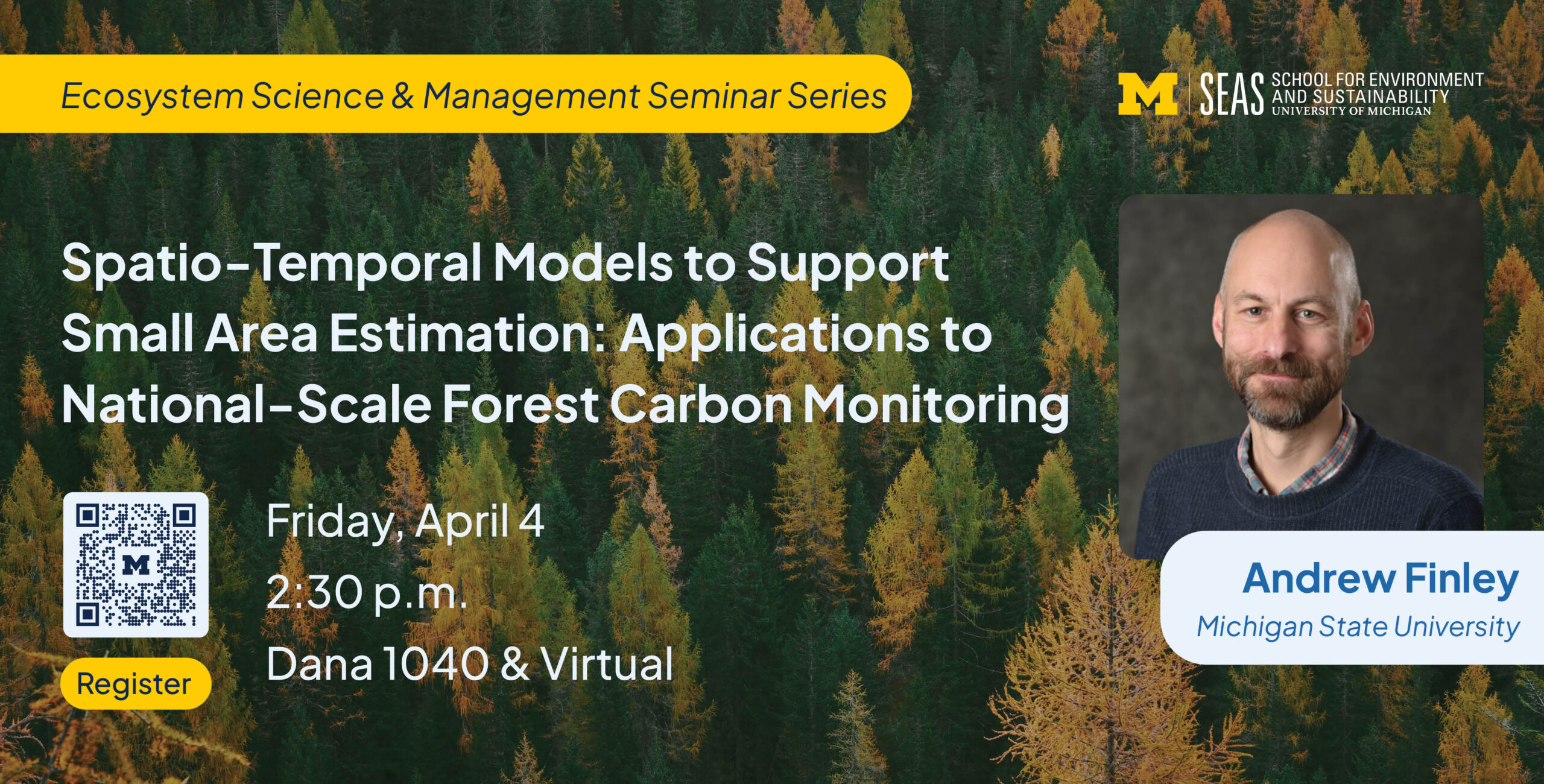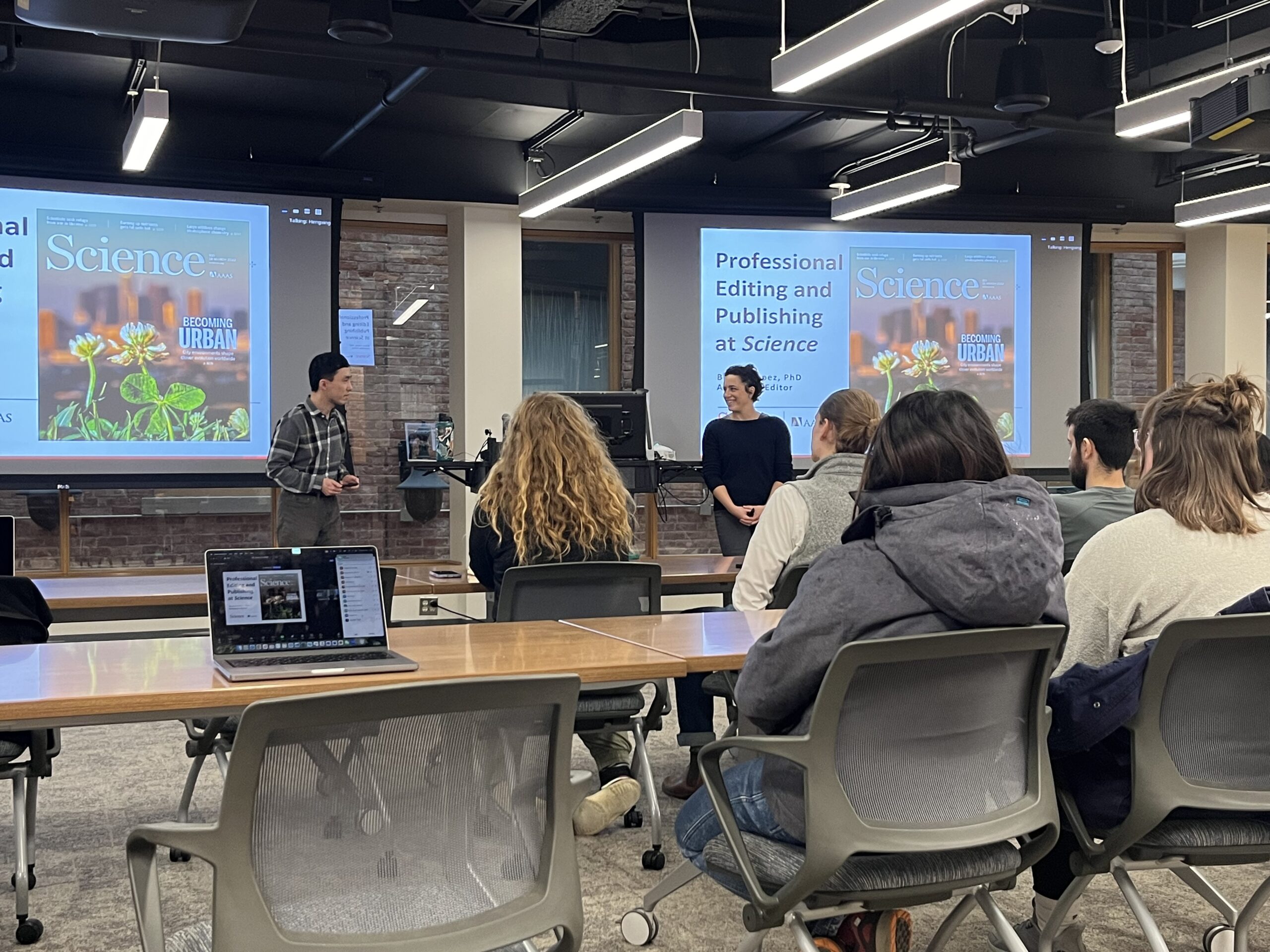Major NSF grant supports research on soil fungi
Climate change will bring changes to fungi and tree distribution, possibly soil
Soil fungi are the quiet, underground workhorses of virtually every ecosystem from the tropics to Antarctica. Yet little is known about their prevalence, distribution, or how they might respond to climate change and other ecological disturbances.
Kai Zhu, an assistant professor of environmental studies at the University of California, Santa Cruz, is determined to shed light on these subterranean scavengers, and a new $700,000 grant from the National Science Foundation (NSF) is giving his efforts a boost.
Soil fungi serve a host of functions in the plant community. They act as both decomposers and scavengers, breaking down complex organic materials and gathering scarce nutrients that plants need. There are both pathogenic and beneficial soil fungi, and their interactions with plants help promote biodiversity.
But far less is known about the numbers and types of fungal species in different ecosystems, and how those fungal communities might change over time. Zhu, an ecologist whose background is in physics and statistics, will use the three-year NSF grant to build state-of-the-art models of soil fungal diversity across the North American continent.
“This is really uncharted territory,” said Zhu. “The climate is changing, and fungi will change, too. Those changes will impact tree distribution, and changes in fungi may also impact the soil itself.”
Understanding those processes is critical, because the amount of carbon in soil exceeds the carbon in all plants and the atmosphere combined, noted Zhu.
“A lot of the carbon discussion focuses on carbon dioxide in the atmosphere, but even a small change in soil carbon could override the atmosphere,” he said. “It’s a big deal. Compared to what we know about trees, we know little about the geographic distribution of soil fungi.”
“This research underscores the pressing need to investigate the impacts of climate change on interconnected communities,” said Greg Gilbert, professor and chair of Environmental Studies at UC Santa Cruz. “Kai Zhu is uniquely poised to lead this effort.”
Zhu will collaborate with Stanford University biologist and co-principal investigator Kabir Peay to map the presence and abundance of soil fungi. Their team will integrate DNA sequencing data from soil fungi gathered in two projects: the National Ecological Observatory Network (NEON) and the Dimensions of Biodiversity project on North American soil fungi (DoB-FUN).
The datasets are “pretty compatible,” said Zhu, explaining that the NEON data was gathered from soil samples in varied forests, while the DoB-FUN data was pulled only from soil near pine trees; both datasets represent species abundances and the major environmental conditions within each domain. All told, the data represent 110 sites, mostly in the United States but including a few sites in Canada, too.
In contrast to previous studies, which typically focus on the details of only one species of fungus in one location, this project will be “hyperdiverse,” encompassing many species from many locations, as well as their interactions. Zhu’s models will enable researchers to study soil fungal biodiversity across the continent, considering how soil fungi change with the environment, as well as how those changes are impacted by neighboring plant communities.
“Soil fungi are everywhere, and the assumption was that they are dispersed equally, but that’s not true,” said Zhu. “New molecular techniques have allowed us to identify species and to focus on local distribution. This will be one of the first large-scale studies on the geographic distribution of soil fungi.”
Looking at all the species together will allow researchers to consider joint effects on the ecosystem and help them understand geographic responses of soil fungi to climate and environmental changes, he said.








